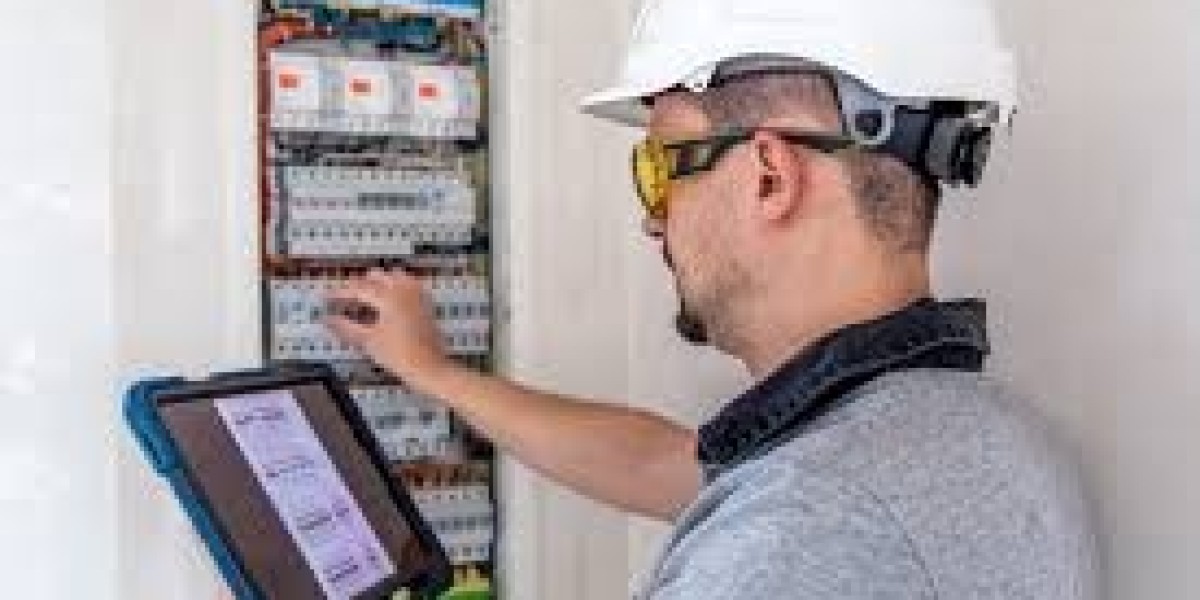Electricity is one of the most essential parts of modern life—it powers our lights, appliances, and devices, keeping our homes running smoothly. Yet, it’s also one of the most dangerous elements to work with. DIY electrical work can be satisfying and cost-effective, but without proper knowledge and precautions, it can also be hazardous. From electrical shocks to house fires, the risks are real. This article explores vital safety tips for DIY electrical projects and highlights when it’s best to step back and call a qualified professional such as an Electrician Southborough.
Why Electrical Safety Matters
Electricity is invisible, powerful, and unforgiving. A single mistake—like touching a live wire or overloading a circuit—can cause severe injury, damage to property, or even fatal accidents. According to electrical safety organisations, thousands of electrical fires occur each year due to faulty wiring or improper installations.
DIY electrical work isn’t illegal in most cases, but it comes with strict regulations and safety standards. Understanding your limitations and respecting the potential dangers can mean the difference between a successful project and a costly disaster.
1. Always Turn Off the Power
This may sound obvious, but it’s the golden rule of electrical safety. Before starting any electrical task—whether changing a light fixture, replacing an outlet, or inspecting wiring—always switch off the power at the circuit breaker. Don’t rely on just flipping the light switch off; that doesn’t necessarily cut the power supply to the wires.
Use a voltage tester or multimeter to confirm that the circuit is dead before touching any wires. Taking this simple precaution can prevent electric shocks and burns, which are common injuries among DIY enthusiasts.
2. Understand Your Home’s Electrical System
Before you start any project, familiarize yourself with your home’s electrical setup. Know where your main circuit breaker panel is, and label each circuit correctly. This will help you quickly identify which areas are powered by specific breakers, saving time and avoiding confusion.
If you’re dealing with an older home, be cautious—wiring standards have changed over time. Older systems might not have the same grounding or safety features as modern installations, which increases the risk of electrical faults. In such cases, professional inspection is strongly recommended.
3. Use the Right Tools and Equipment
Electrical work requires specific tools designed to handle live currents safely. Insulated screwdrivers, pliers, and wire strippers are essential for even the simplest jobs. Never use damaged tools or makeshift equipment, as they can expose you to live electricity.
Also, wear rubber-soled shoes and avoid working in damp conditions. Moisture increases the risk of electrical shock, so always make sure the work area is dry.
4. Never Overload Circuits
Overloading an electrical circuit happens when too many devices draw power from the same source, leading to overheating and potential fires. When installing new outlets or fixtures, make sure your circuit can handle the additional load.
If your lights flicker, breakers trip frequently, or outlets feel warm to the touch, these are warning signs of an overloaded or faulty circuit. In such cases, stop immediately and seek professional help before proceeding.
5. Use Proper Wire Connections
Poor connections are one of the main causes of electrical failures and fires. When joining wires, always use appropriate wire connectors (wire nuts) instead of simply twisting them together and taping them. Ensure that all connections are tight, secure, and properly insulated.
Remember to match wire colors correctly—black or red wires typically carry current (live), white is neutral, and green or bare copper is ground. If you’re ever uncertain about wiring colors or functions, don’t guess—consult an expert.
6. Avoid DIY Work on High-Voltage or Complex Systems
Some electrical tasks are simply too dangerous for DIY attempts. Anything involving the main service panel, rewiring an entire room, or upgrading your electrical system should be handled by a licensed professional. Working on high-voltage circuits without training can be fatal.
Additionally, certain electrical tasks require certification or must comply with local building codes. Failing to meet these standards could result in fines, insurance issues, or legal complications.
7. Install Ground Fault Circuit Interrupters (GFCIs)
If you’re working in moisture-prone areas like kitchens, bathrooms, or outdoor spaces, install GFCI outlets. These devices automatically cut power when they detect a ground fault, protecting you from electric shock.
Installing GFCIs is one of the simplest yet most effective safety upgrades for any home. However, correct installation is crucial—incorrect wiring can render the device useless.
8. Know When to Call a Professional
DIY can save money and give you a sense of accomplishment, but when it comes to electricity, there’s no shame in calling for help. Professional electricians have years of training and certification to ensure safety and compliance.
Call a pro if you encounter:
Repeatedly tripping breakers or fuses
Flickering lights or burning smells
Buzzing or crackling sounds near outlets
Sparking or visible wire damage
Electrical shocks when touching appliances
These signs indicate deeper problems that require expert attention. Hiring a qualified Electrician in Southborough ensures that your home’s wiring is safe, efficient, and compliant with current regulations.
9. Keep Learning and Stay Safe
Even if you’re comfortable performing minor electrical tasks, never stop learning. Read electrical safety manuals, watch tutorials from reputable sources, and keep updated with local building codes. Remember: the more you know, the safer you’ll be.
Conclusion
DIY electrical work can be rewarding, but it demands caution, respect for electricity, and adherence to safety rules. Always turn off the power, use the right tools, make proper connections, and know your limits. The key is understanding when a project is within your capability—and when it’s best to call in the professionals.
Electricity isn’t something to take lightly. A few safety measures can prevent life-threatening accidents and costly repairs. So before you reach for that screwdriver, make sure you’re fully prepared—or let a professional handle the job with the expertise and precision it deserves.
Also Prefer our other Article :
https://ideaexpress.us/how-to-improve-home-safety-with-proper-electrical-installations/






